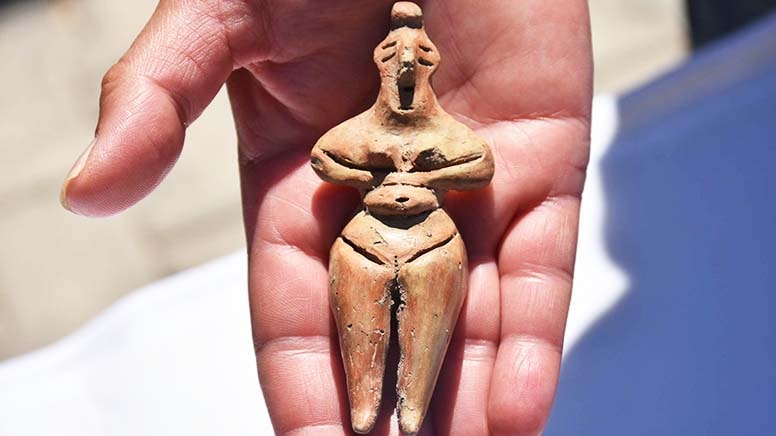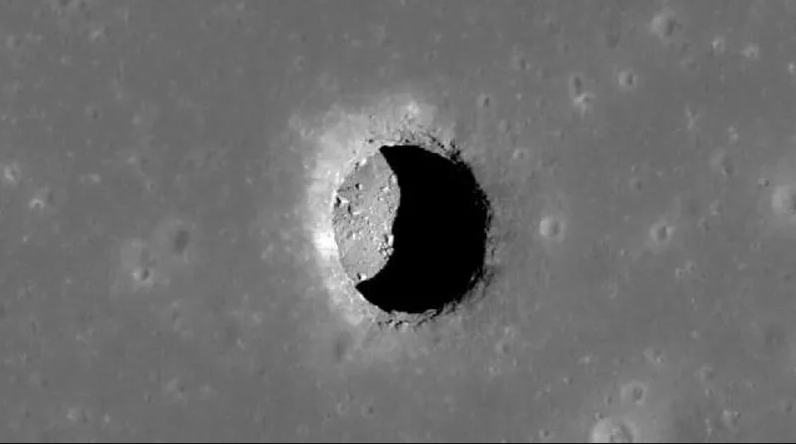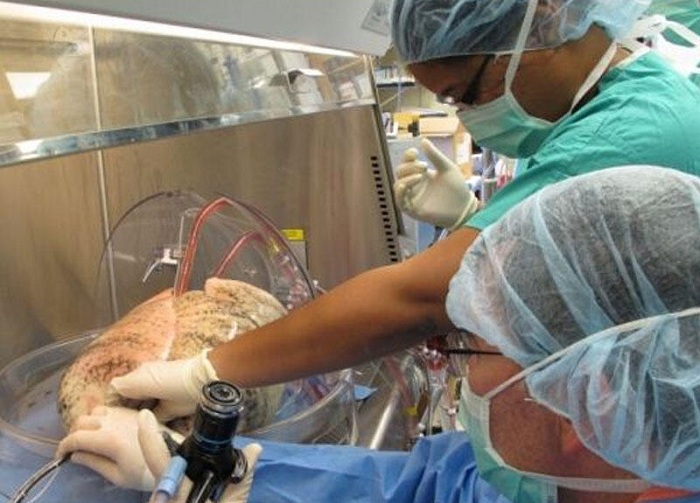
- A-
- A
- A+
Enzyme discovery leads scientists further down path to pumping oil from plants
College station -- An enzyme responsible for making hydrocarbons has been discovered by Texas A&M AgriLife Research scientists studying a common green microalga called Botryococcus braunii.
The study, published in the current issue of the journal Nature Communications, could enable scientists to use the enzyme in a plant to make large amounts of fuel-grade oil, according to Dr. Tim Devarenne, AgriLife Research biochemist in College Station and lead scientist on the team.
Devarenne's lab has been studying the concept of making fuel from algae on a $2 million National Science Foundation grant for four years.
"The interesting thing about this alga is that it produces large amounts of liquid hydrocarbons, which can be used to make fuels such as gasoline, kerosene and diesel fuel," Devarenne said. "And these liquid hydrocarbons made by the alga are currently found in petroleum deposits, so we are already using them as a source to generate fuel. "Botryococcusis found pretty much everywhere in the world except for seawater," he added. "It's very cosmopolitan. It grows in freshwater or brackish water. It's found in almost all ponds and lakes around the world. It's been found in every continent except Antarctica, and it grows from mountain to desert climates."
Similar News
Links



 Elm TV
Elm TV
 Photo
Photo
 Video
Video





